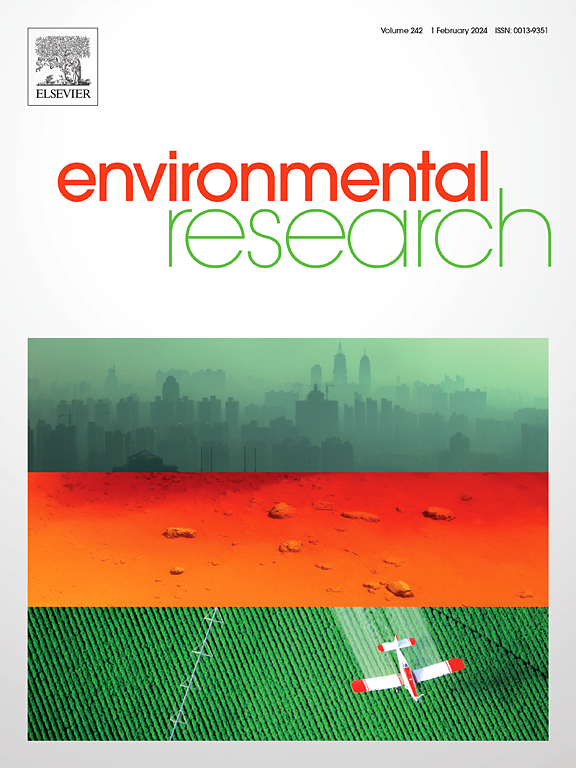Rise in wetland carbon uptake linked to increased potential evapotranspiration
IF 7.7
2区 环境科学与生态学
Q1 ENVIRONMENTAL SCIENCES
引用次数: 0
Abstract
Precisely assessing wetland net ecosystem productivity (NEP) is important for accurately evaluating global carbon budgets. However, constrained by the quality of observational data and insufficient understanding of driving mechanisms, assessments of China's wetland NEP still have considerable uncertainties. Therefore, this study assessed continuous observations from 30 eddy covariance flux towers across various wetland types in China and applied the random forest (RF) model to simulate the spatiotemporal dynamics of China's wetland NEP. The results showed that from 1982 to 2020, China's wetlands represented a net C-CO2 sink overall, with an average NEP of 21.61 ± 0.04 mg C m−2 h−1 and annual net C-CO2 absorption of 56.23 Tg C. Riverine and coastal wetlands had the highest NEP, while freshwater marshes had the lowest. From 1982 to 2020, the wetland NEP in China exhibited a significant increasing trend. Further analysis indicated that potential evapotranspiration (PET) is the main driving factor behind the significant increase in NEP in China's wetlands, with a clear threshold effect: NEP rises with PET up to a certain point (e.g., 160 mm), after which it declines. This study accurately quantified the spatiotemporal dynamics of China's wetland NEP and revealed the critical impact of PET on NEP, thus providing a new perspective for performing wetland carbon cycle research and formulating climate change mitigation strategies.
湿地碳吸收量增加与潜在蒸散量增加有关
准确评估湿地净生态系统生产力(NEP)对于准确评估全球碳收支具有重要意义。然而,受观测数据质量和对驱动机制认识不足的制约,中国湿地新经济政策的评估仍存在较大的不确定性。基于此,本研究利用30个涡动相关通量塔在中国不同湿地类型的连续观测数据,采用随机森林(RF)模型模拟中国湿地NEP的时空动态。结果表明:1982—2020年,中国湿地总体上是一个净C- co2汇,平均NEP为21.61±0.04 mg C m−2 h−1,年净C- co2吸收量为56.23 Tg C,河流湿地和滨海湿地NEP最高,淡水湿地最低;1982 ~ 2020年,中国湿地NEP呈显著增加趋势。进一步分析表明,潜在蒸散发(PET)是中国湿地NEP显著增加的主要驱动因素,具有明显的阈值效应:NEP随PET上升到一定程度(如160 mm),之后NEP下降。本研究准确量化了中国湿地NEP的时空动态,揭示了PET对NEP的关键影响,为开展湿地碳循环研究和制定气候变化减缓策略提供了新的视角。
本文章由计算机程序翻译,如有差异,请以英文原文为准。
求助全文
约1分钟内获得全文
求助全文
来源期刊

Environmental Research
环境科学-公共卫生、环境卫生与职业卫生
CiteScore
12.60
自引率
8.40%
发文量
2480
审稿时长
4.7 months
期刊介绍:
The Environmental Research journal presents a broad range of interdisciplinary research, focused on addressing worldwide environmental concerns and featuring innovative findings. Our publication strives to explore relevant anthropogenic issues across various environmental sectors, showcasing practical applications in real-life settings.
 求助内容:
求助内容: 应助结果提醒方式:
应助结果提醒方式:


